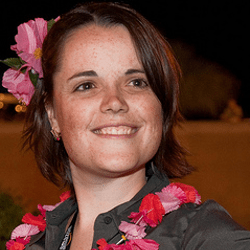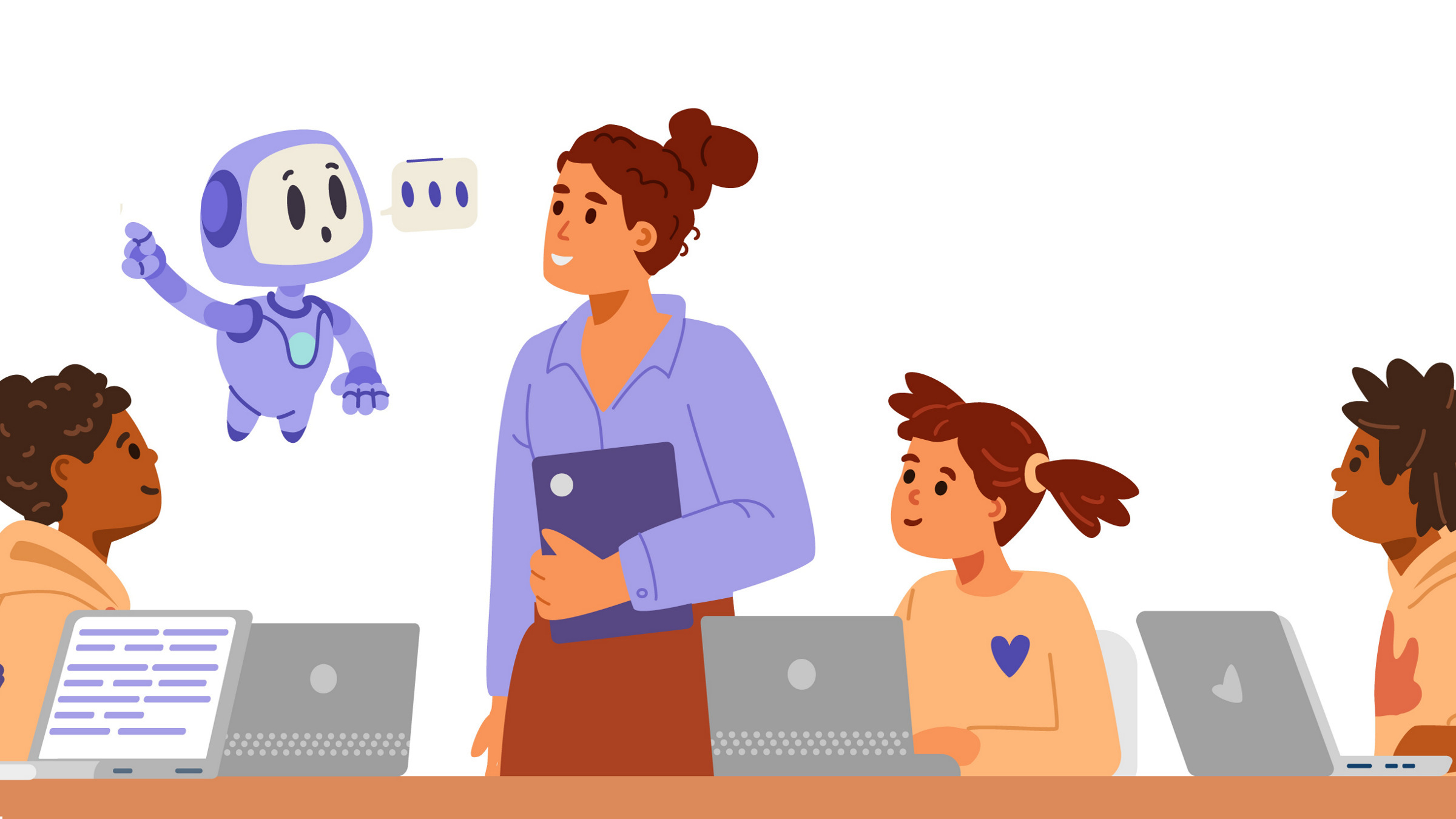
Research scientists Lecia Barker and Joanne Cohoon from the National Center for Women & Information Technology (NCWIT) gave an excellent talk on recruiting and retaining women in computer science at the Grace Hopper Celebration of Women in Computing. I almost didn’t attend because I’ve been immersed in these topics through my involvement with Carleton University’s Women in Science and Engineering group (known here as CU-WISE), but I found that I still learned a lot. I highly recommend taking a look at their website after reading my summary of the talk.
The first thing the speakers emphasized was the importance of creating a strategic plan. Doing so allows you to create a shared vision between you and your department, identify specific and reasonable goals, choose relevant interventions and activities coordinated to reinforce each other, and create metrics to carefully track what works and what doesn’t. Even though we created a strategic plan when we founded CU-WISE, we did not include anything about recruitment or retention specifically. Perhaps we should revisit it and see how much impact we might be able to have on this area as a student group.
Recruitment
The first piece of advice that I admit threw me off at first was to seek a high yield for recruitment in a short period of time. In other words, middle school might be too early – high school students are attending university much sooner so the effect of recruitment activities is known right away. With this as a goal, it is possible to have a smaller resource commitment for a bigger return on investment.
In terms of that strategic plan, you should ask yourself what target students are the most likely to succeed. Do you want students who are good at math, for example? Then cater your message to students who are currently good at math. Don’t broadcast to all high school students or non-CS majors on campus – narrowcast instead. Look for potential students among undecided majors, those taking introductory computing classes, and even student organizations. Figure out what about computing might interest them, linking it to their current studies or interests.
A very interesting point made was that when you try to appeal to women, you must also appeal to those who influence them. In particular, consider their families, which are the single largest influencers, even before peers and teachers. Parents want their daughters to be happy with their career choices, so be sure to show them why computer science is a positive choice. Of course, there are messages that all audiences need to hear, including the fact that computing and math occupations are projected to grow 25% by 2018, and that jobs in computing provide high salaries, flexibility, and social relevance.
So what is it that influences teenage girls, anyway? It seems that one of the biggest things is the sense of belonging, so it’s a good idea to recruit in groups (nobody wants to worry about being the only girl in the class, so having friends with you is comforting). They are also interested in social good. The common stereotypes of computer science don’t emphasize the potential to help others, so it’s important to dispel the myths and show the many good things that can be done with computing.
One last related point on recruitment: remember that messages are embedded and implicit in all your activities. So showing an image of a robot because it’s cool isn’t enough; show a robot helping someone. Help the girls create a sense of possible self by sending younger women close to their age to recruit. And always test your messages.
Retention
There are students who will leave and those who will stay no matter what you do. It is the students in the middle that can be influenced by our efforts.
To retain students, facilitate academic success. Provide positive feedback and context to the problems being solved. Assess early and often. Emphasize homework that builds skill through practice rather than emphasizing that you need to have a knack for the subject to succeed. Encourage participation in class, finding truth in all answers and inhibiting show-offs. Be sure to train teaching assistants well and promote a sense of community. Use collaborative learning whenever possible; small group problem solving and pair programming have been proven to increase student retention. Promote peer support and avoid women or other minorities being isolated. Finally, create a comfortable climate, using inclusive language and highlighting women’s success, not their gender.
Maintain student interest through careful curriculum design, as well. Highlight the flexibility of being able to work in just about any industry, and show the connections computing has to other hobbies and disciplines. Highlight the relevance of assignments, examples, and courses, explaining why students are learning each topic. Use meaningful examples, but be careful to choose examples that are meaningful to the students and not just you (conduct a survey to get ideas if you aren’t sure).
Support students. Offer mentoring, but don’t wait for students to come to you. Reach out to women, and don’t always look for someone like yourself (we all have a tendency to do this). Give honest encouragement. Use intrusive academic advising, creating an early warning system that allows you to call on students who have missed two or three consecutive classes or received below a C on a first test. Think about intentional role modelling.
Finally, one of the most important (and from what I’ve seen, perhaps the most overlooked) thing is to monitor outcomes. You need to know whether what you are doing is having the desired effect. Collect data and results to assess the process and see whether your goals have been achieved. Report results, revise, and choose to continue or not. This is something I know that CU-WISE does not even attempt, but I am wondering if it would be possible. Perhaps NCWIT’s student experience survey-in-a-box would come in handy and make conducting the research easier.
—
There are many resources on the NCWIT website, including many Programs-in-a-Box for recruitment, retention, and other aspects of the industry. The Talking Points provide many useful research tidbits that you can use when discussing your strategic plan with your department or with your recruitment efforts. Be sure to explore the whole website, and share any of your own recruitment/retention experiences in the comments below.



Join the Discussion (0)
Become a Member or Sign In to Post a Comment